Green fluorescent protein (GFP) expression in HeLa EGFP cells is significantly downregulated by Hsp-R9/siRNA complexes
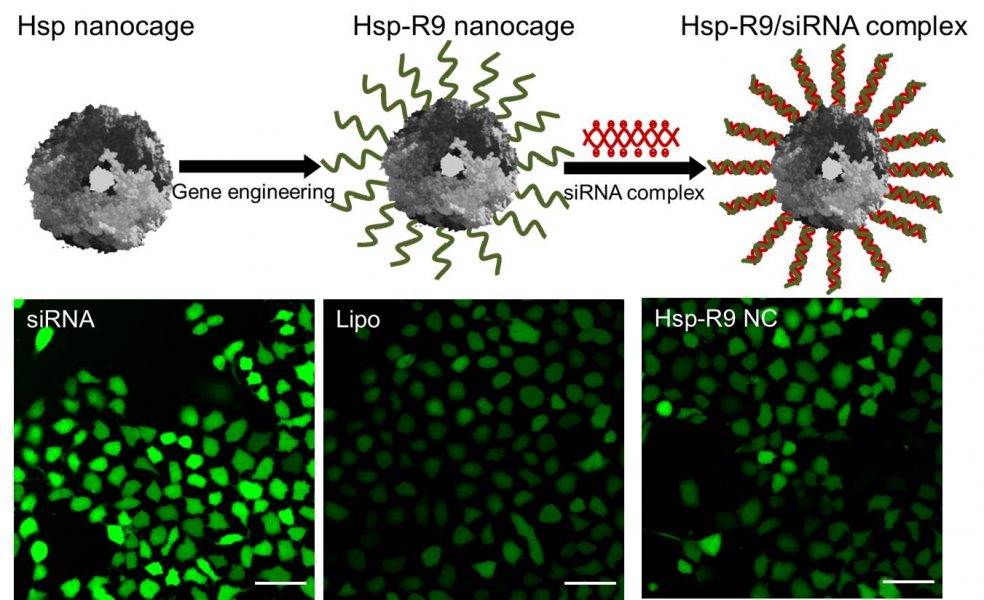

Green fluorescent protein (GFP) expression in HeLa EGFP cells is significantly downregulated by Hsp-R9/siRNA complexes

Scholars in different fields have contrasted the fates of societies or communities that were “vulnerable” to climate change with those that seem to have been “resilient” or even consciously or unconsciously adaptive in the face of the Little Ice Age.

Understanding Maya society through daily water management.

Kerosene lamps in the household are thought to cause millions of accidents every year, but a new study reveals that interventions proposed to improve kerosene safety might not have the intended impact.

A transparent and breathable microfluidic contact lens that could help to diagnose and treat eye disease is developed.
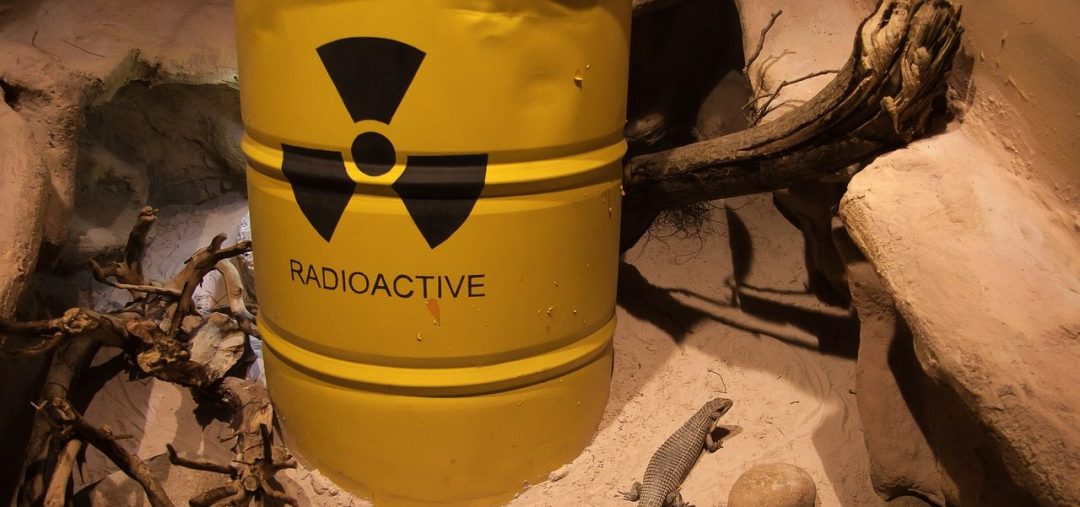
The waste forms produced during the process of generating nuclear energy constitute a nearly intractable management problem because of technical and social factors.
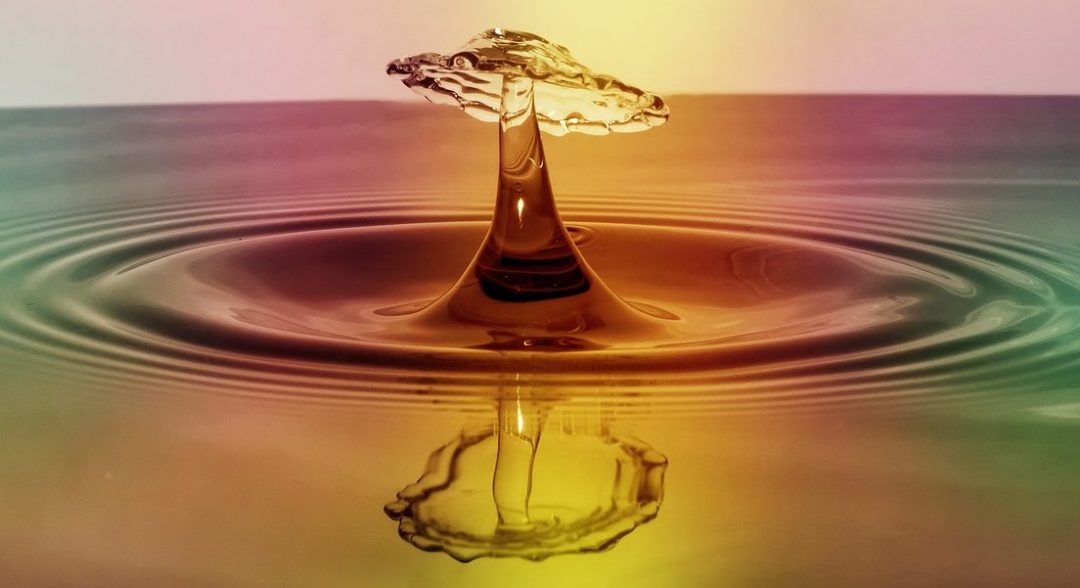
Various approaches for converting CO2 and H2O to liquid hydrocarbons using solar energy involve electro/photo/thermochemical catalytic processes and combinations thereof exist.
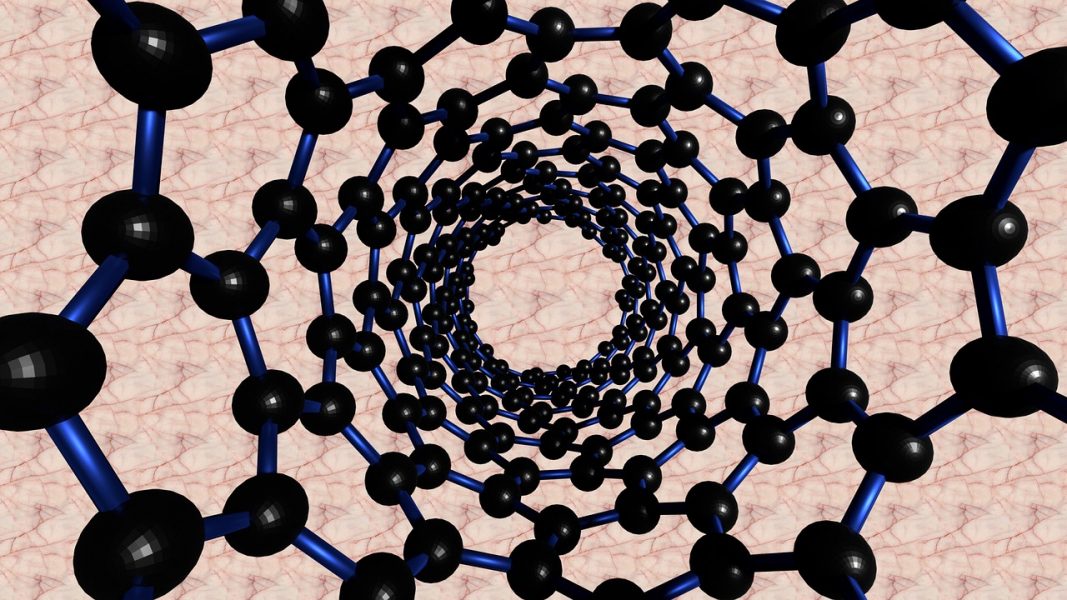
Carbon nanotube surfaces as ultrafast electron sources could influence the next generation of attosecond science and light-wave electronics research.

A team of North American researchers demonstrated a label-free and more direct way to observe and quantify microvascular and metabolic healing mechanisms, and the biological response to a topical treatment, utilizing a multimodal microscope equipped with OCT and FLIM.
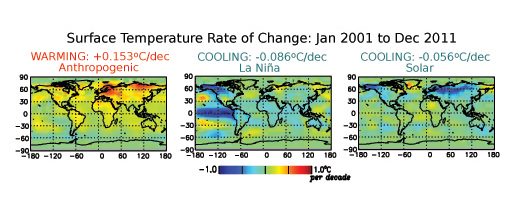
The divergence of physical model simulations from observations that precipitated the notion of a “global warming pause” does not signify a crisis in climate science or understanding but simply the limitations of current physical climate models.